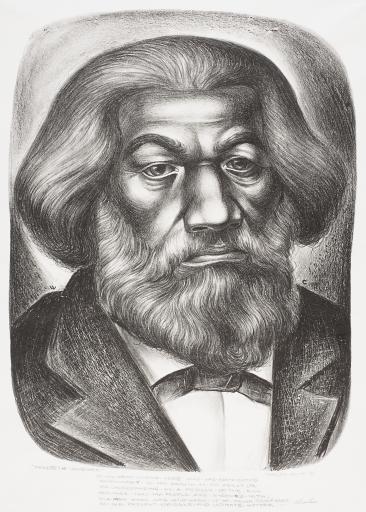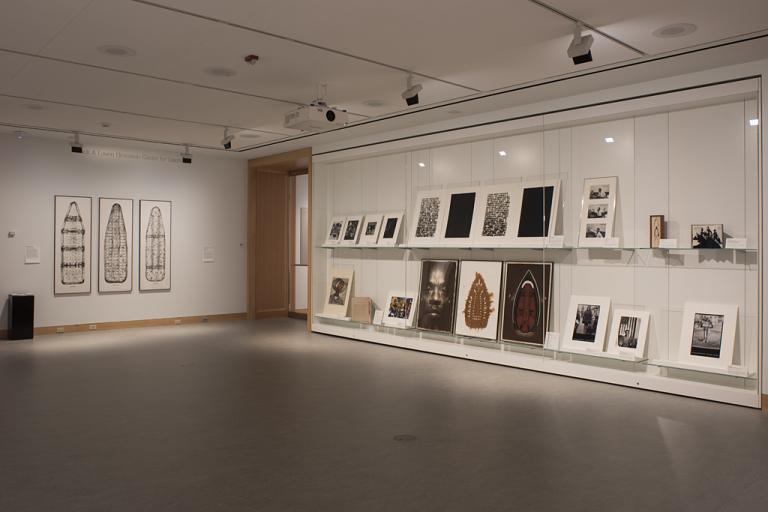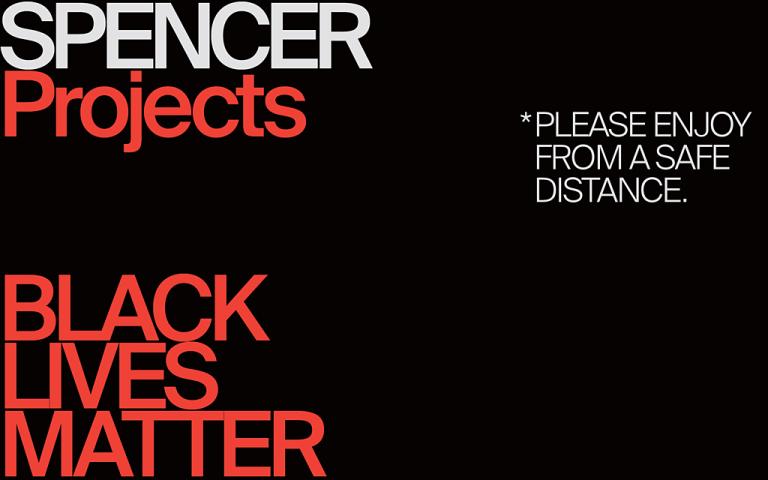Frederick Douglass, Charles White
Artwork Overview
Charles White, artist
1918–1979
Frederick Douglass,
1951
Where object was made: United States
Material/technique: lithograph
Dimensions:
Image Dimensions Height/Width (Height x Width): 563 x 420 mm
Image Dimensions Height/Width (Height x Width): 22 3/16 x 16 9/16 in
Sheet/Paper Dimensions (Height x Width): 663 x 507 mm
Sheet/Paper Dimensions (Height x Width): 26 1/8 x 19 15/16 in
Mat Dimensions (Height x Width): 32 x 24 in
Image Dimensions Height/Width (Height x Width): 563 x 420 mm
Image Dimensions Height/Width (Height x Width): 22 3/16 x 16 9/16 in
Sheet/Paper Dimensions (Height x Width): 663 x 507 mm
Sheet/Paper Dimensions (Height x Width): 26 1/8 x 19 15/16 in
Mat Dimensions (Height x Width): 32 x 24 in
Credit line: Museum purchase: Peter T. Bohan Art Acquisition Fund
Accession number: 2013.0160
Not on display
If you wish to reproduce this image, please submit an image request




